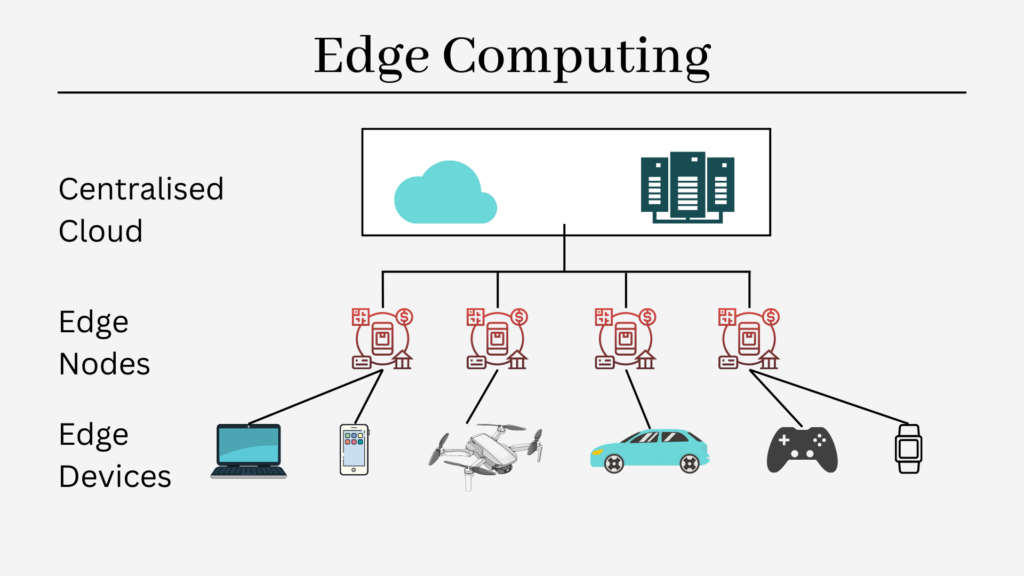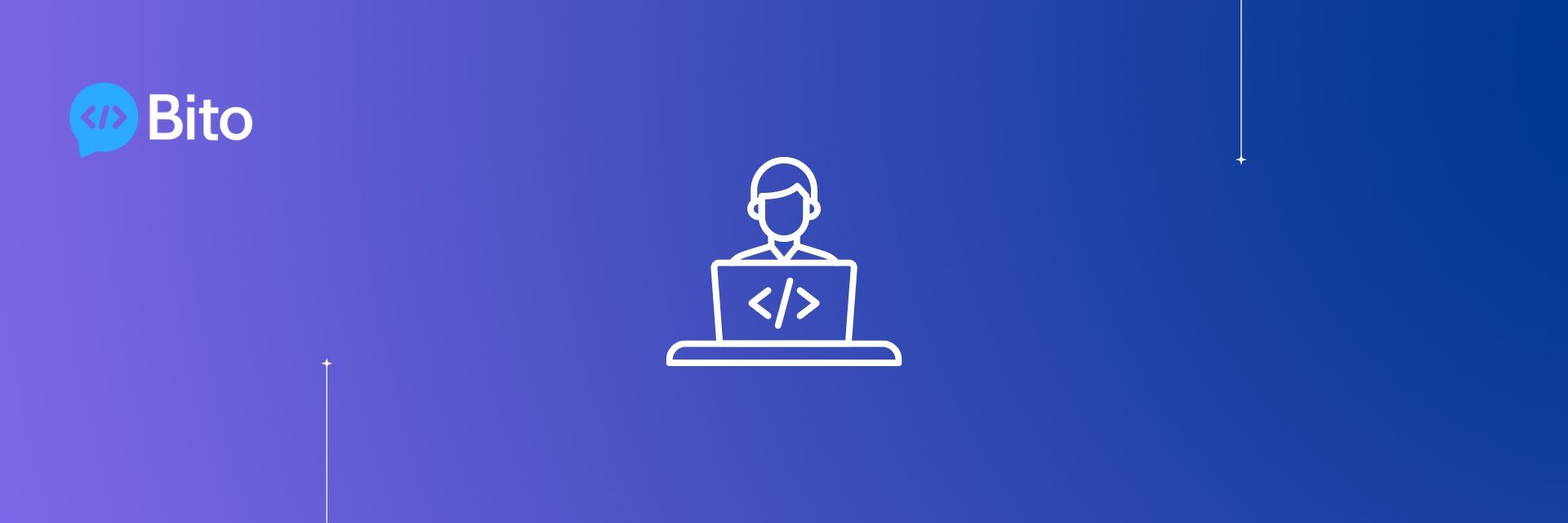What is Containerization
Containerization is a way to package software code, including all its necessary components like libraries and frameworks, so that it can run consistently in any environment. It allows the application to be moved and run on any infrastructure, regardless of the operating system.

Characteristics of Containers:
- Lightweight: Containers are lightweight and take up less space.
- Portable: Containers can be moved easily between different environments and infrastructures.
- Fast: Containers start up quickly.
- Isolated: Containers are isolated from their surroundings and can run independently.
- Efficient: Containers use fewer resources and are more efficient.
To understand containerization better, let’s compare it with virtual machines in a simple way:
- Virtual machines are full-fledged operating systems, while containers share the host operating system kernel and libraries. This makes containers lightweight and efficient as compared to VMs, which are heavy and consume more resources.
- Virtual machines are hardware-dependent, while containers are not. Containers can run on any infrastructure that supports the containerization technology, regardless of the underlying hardware.
- Virtual machines are not as portable as containers. It can be difficult to move a virtual machine from one environment to another, while containers can be easily moved between environments.

How containers work
Containers are like virtual boxes for software that allow developers to package all the necessary files and dependencies needed for a piece of software to run. This is similar to how software used to come in boxes and had specific requirements listed on the back, like needing a certain amount of RAM or hard drive space.
With containerization, developers can be more precise and specific about the requirements and environment their software needs to run on. They use two files to define these requirements: a Dockerfile, which controls the runtime environment and installation of necessary packages, and a Yaml file, which controls the hardware and network security requirements.
After the container is created, it forms an image, which is a complete set of runtime components in a single container. The image can then be deployed on a chosen host, like a local machine or a cloud server. This allows developers to ensure their software will run and not fail on different systems.
Container Systems
Docker A popular open-source container runtime that allows developers to build, deploy, and test containerized applications on various platforms.
Linux Containers An open-source operating system with built-in container technology that allows multiple Linux-based applications to run on a single host machine.
Kubernetes A popular open-source container orchestrator that helps to deploy, scale, and manage many microservices. It uses a configuration file to automate the container management.
Getting started with containers
To get started with containers, you’ll need to have a containerization technology installed on your machine. Popular options include Docker and LXC. Next, you’ll need to create a Dockerfile that defines the application and its dependencies. You can then use the “docker build” command to build an image from the Dockerfile. Finally, use the “docker run” command to start a container from the image.
When to use containers
Containers are well-suited for applications that need to be deployed and run consistently across different environments. They can be useful for microservices-based architecture, development and testing, continuous integration and deployment, and cloud-native applications.
Benefits of Containerization
- Lightweight: Containers are smaller in size and use fewer resources than virtual machines.
- Isolation: Containers provide a level of isolation between the application and the host system.
- Portability: Containers can be moved between different environments and infrastructure.
- Scalability: Containers can be easily scaled up or down as needed.
- Management: Containers make it easier to deploy and manage applications.
- Security and Consistency: Containers ensure that the application will run consistently and securely in different environments.
Impact of Containerization on Software Development
- Improved consistency: Containerization enables developers to package applications and dependencies into a single container, ensuring consistent application performance.
- Faster deployment: Applications can be quickly deployed and started with containers.
- Increased scalability: Containers can be scaled up or down to meet traffic or resource requirements as needed.
- Enhanced collaboration: Teams can share and reuse containers, allowing them to collaborate and work on the same application more easily.
- Cost reduction: Containerization allows for a reduction in costs by using fewer resources and making management and deployment easier.
Future Directions
One potential area of growth for containerization in the future is the use of containers in edge computing. Edge computing is a way to process and analyze data where it is generated, rather than sending it to a central location. This is becoming more important as more devices, like smart cameras and sensors, are being used to collect data. By using edge computing, companies can quickly analyze this data and make decisions based on it. It’s estimated that by 2025, 75% of data will be created outside of central data centers and most of it will be never used, Edge computing helps to make better use of this data.

Benefits of ICC and AI-assisted Automated Testing
Here are a few startups and projects that are working on innovations in the containerization space:
Balena: A startup that provides a platform for deploying and managing containerized applications on edge devices.
Nvidia/RedHat: Companies that are working on providing specialized Container images and orchestration tools that are optimized for AI/ML workloads.
Istio: An open-source service mesh that adds additional functionality to Kubernetes and makes it more secure, observable and manageable.
Rancher Labs: A startup that provides a platform for managing Kubernetes clusters across different environments.
Conclusion
In conclusion, containerization is a powerful tool that can greatly impact software development by improving reliability, resource utilisation, and security. Popular containerization tools like Docker and Kubernetes make it easy to create and run containers, making them a valuable asset for any software development team.






